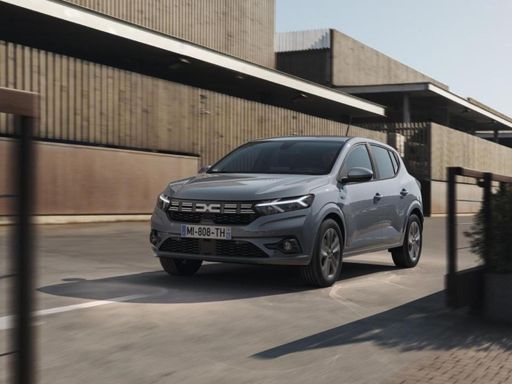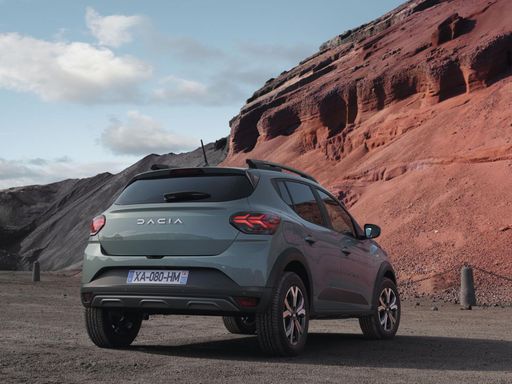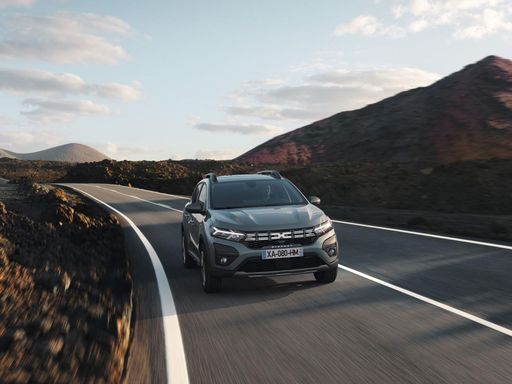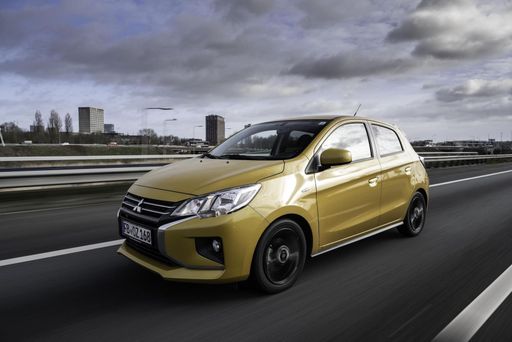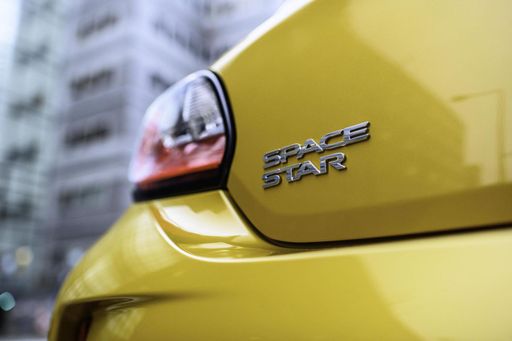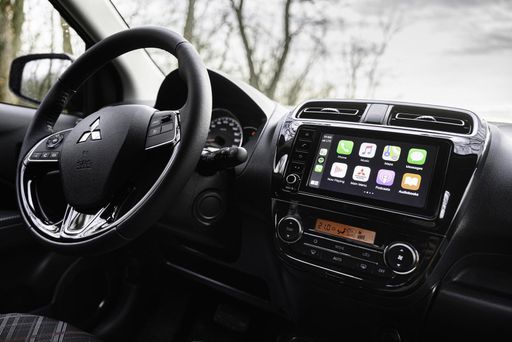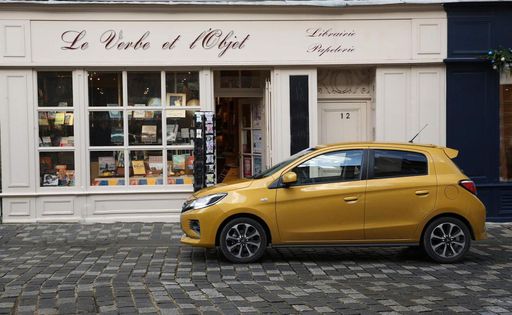The Compact Clash: Dacia Sandero vs. Mitsubishi Space Star
In the world of compact hatchbacks, two nameplates stand out in 2024: the Dacia Sandero and the Mitsubishi Space Star. These vehicles promise efficiency, practicality, and affordability, making them ideal choices for urban journeys. In this detailed comparison, we delve into the technical aspects and innovations of both models to guide you in choosing the right hatchback for your needs.

